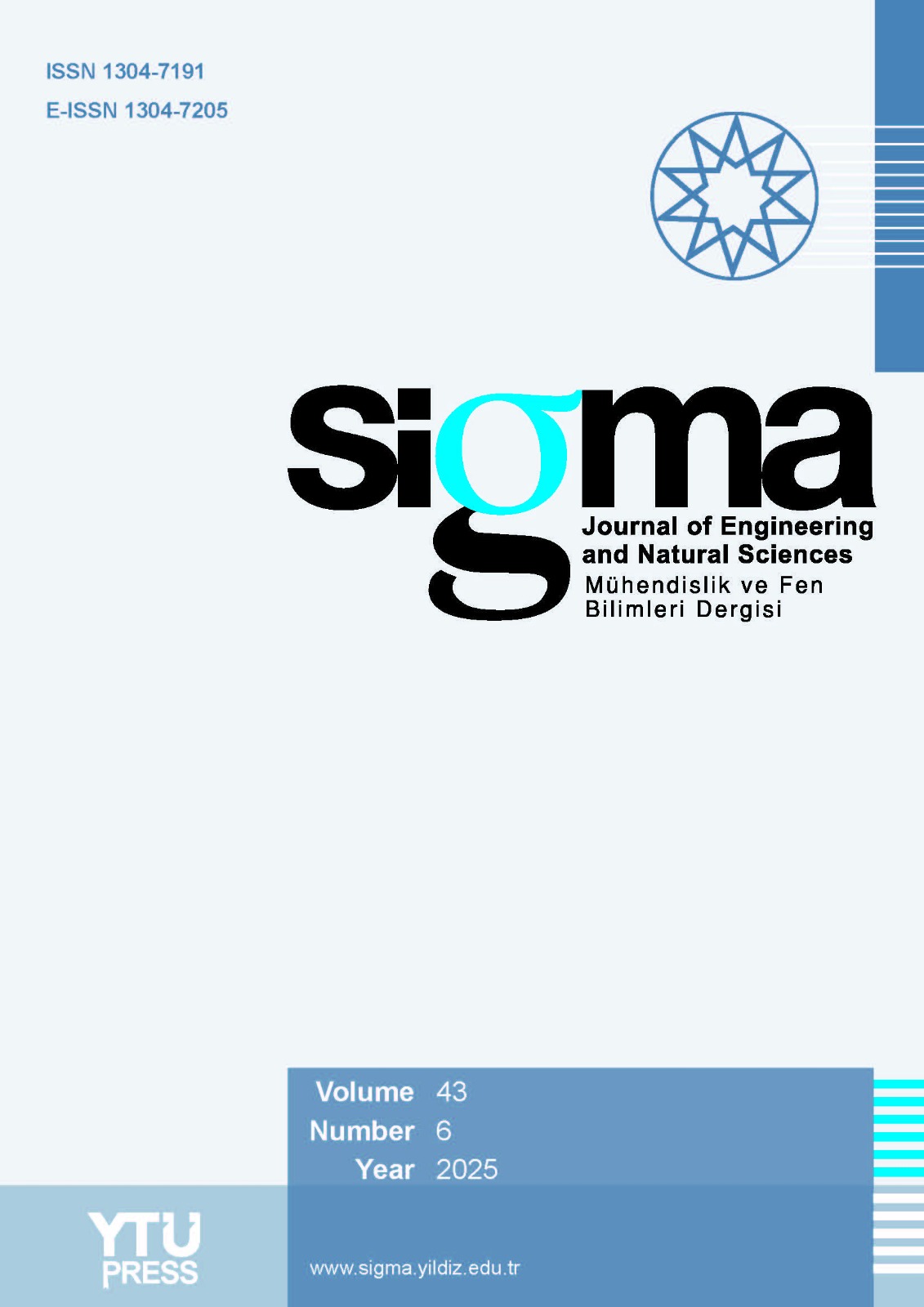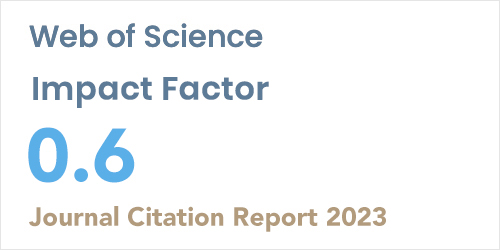Abstract
This study examines the challenges of reinfection in infectious disease modeling, emphasizing the risk that previously infected individuals may lose temporary immunity and become sus-ceptible again. Accurate modeling of reinfection dynamics is vital for understanding disease spread and assessing intervention strategies. To address this, an adapted Susceptible, Infected, Treated, Recovered, Susceptible model is being developed. The adapted model differs from traditional models by incorporating distributed order differential equations, as opposed to standard ordinary or fractional models, which allows for a more flexible representation of disease dynamics. In addition, the adapted version also includes the possibility of reinfection. This improves the ability to interpret the situation of individuals who have re-infected. This approach improves both the interpretability and the computational efficiency of the model. The equilibrium points of the modified system are derived, and stability analyses are per-formed. The nonstandard finite difference method is used to eliminate instabilities. Numerical simulations are performed to evaluate the performance of the model. The data here is taken from sources derived from real world scenarios. Comparisons are then made based on this data. The results show that the improved model fits experimental data and previous studies quite well, giving a faster and more accurate picture of how diseases change over time. The models showed that adding reinfection can significantly change the expected paths of out-breaks and the effects of interventions. The novelty of this work lies in the incorporation of reinfection dynamics into a distributed order framework, hence augmenting the model’s prac-tical applicability compared to previous conventional models. This advance provides faster and more accurate insights into the behaviour of infectious diseases and represents a signifi-cant step forward in the field.














